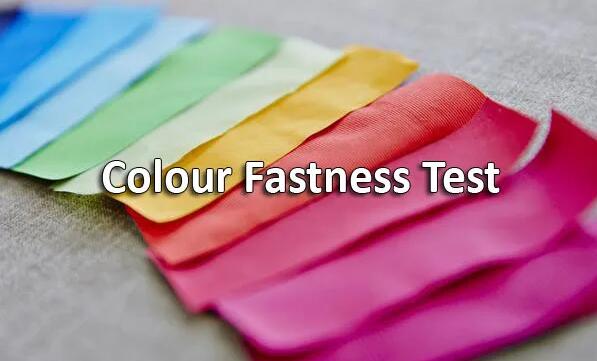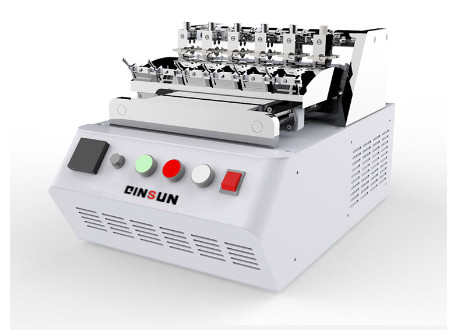Understanding color fastness rubbing tester: A Comprehensive Guide
The color fastness rubbing tester is a specialized instrument used to determine the color fastness of textiles and dyed materials. It assesses the resistance of a material's color to rubbing or mechanical abrasion, simulating the friction it may experience during use or laundering. This comprehensive guide will help you understand the key aspects and working principles of a color fastness rubbing tester.

Key Components:
• Rubbing Head: The rubbing head is the main component responsible for applying friction to the material being tested. It typically consists of a rubbing finger or a specialized rubbing fabric made of a standardized material.
• Sample Holder: The sample holder securely holds the test specimen in place during the rubbing process. It ensures that the rubbing head applies consistent pressure and movement across the sample.
• Control Panel: The control panel allows the operator to set testing parameters such as rubbing speed, number of rubs, and testing modes. It may also display relevant information such as test duration and results.
• Motor and Drive Mechanism: The motor and drive mechanism power the rubbing head's movement. They provide controlled and repeatable rubbing motion at the desired speed and stroke length.
• Load Adjustment: Some rubbing testers allow the adjustment of the applied load or pressure to simulate different rubbing intensities or specific application requirements.
• Sample Mounting: The tester provides a platform or frame where the test specimen can be attached securely for consistent and repeatable testing.
Working Principles:
• Preparation: The test specimen is prepared according to specified standards or requirements. This may involve washing, drying, and conditioning the material to ensure consistent and reproducible results.
• Sample Mounting: The test specimen is mounted onto the sample holder, ensuring that the area to be tested is exposed and accessible to the rubbing head.
• Testing Parameters: The operator sets the desired testing parameters on the control panel, including rubbing speed, stroke length, and the number of rubs to be performed.
• Rubbing Process: The rubbing head is brought into contact with the test specimen and moved back and forth in a prescribed manner. The rubbing speed and stroke length mimic the intended end-use or laundering conditions.
• Evaluation: After the desired number of rubs is completed, the test specimen is evaluated for any color transfer or changes. The color fastness is assessed visually by comparing the tested area with predetermined color standards or using color measurement devices.
• Recording Results: The results of the color fastness test, including any observations or changes in color, are recorded for analysis and reference.

Applications:
Color fastness rubbing testers are widely used in various industries, including textiles, apparel, and upholstery, to assess the color durability of materials. The test results help in quality control, product development, and compliance with industry standards. Some specific applications include:
• Testing color fastness of dyed fabrics, garments, and textiles.
• Assessing the colorfastness of printed designs on fabrics.
• Evaluating the abrasion resistance and color transfer of upholstery materials.
• Determining the colorfastness of textile materials to mechanical rubbing during washing or dry cleaning processes.
It is important to follow specific testing standards and procedures, such as those provided by organizations like ASTM International or ISO, to ensure accurate and reliable color fastness testing results.

